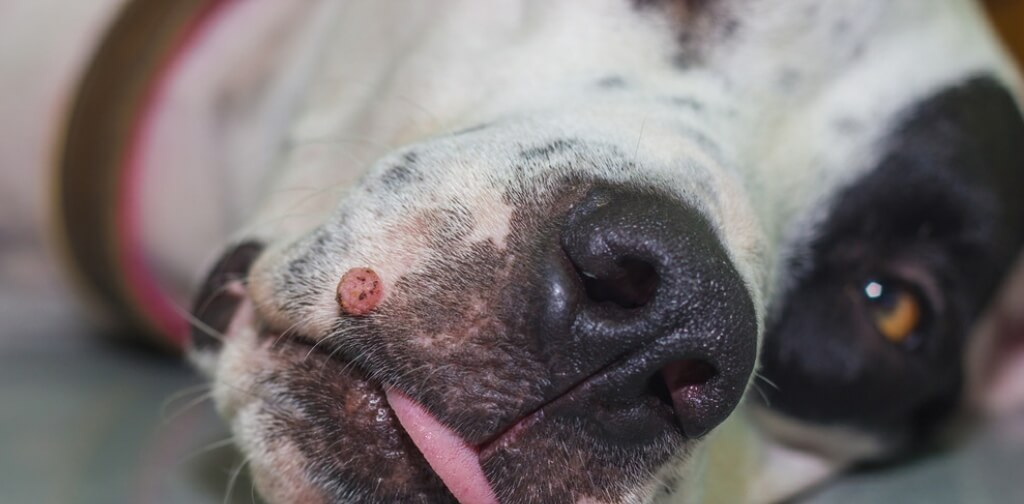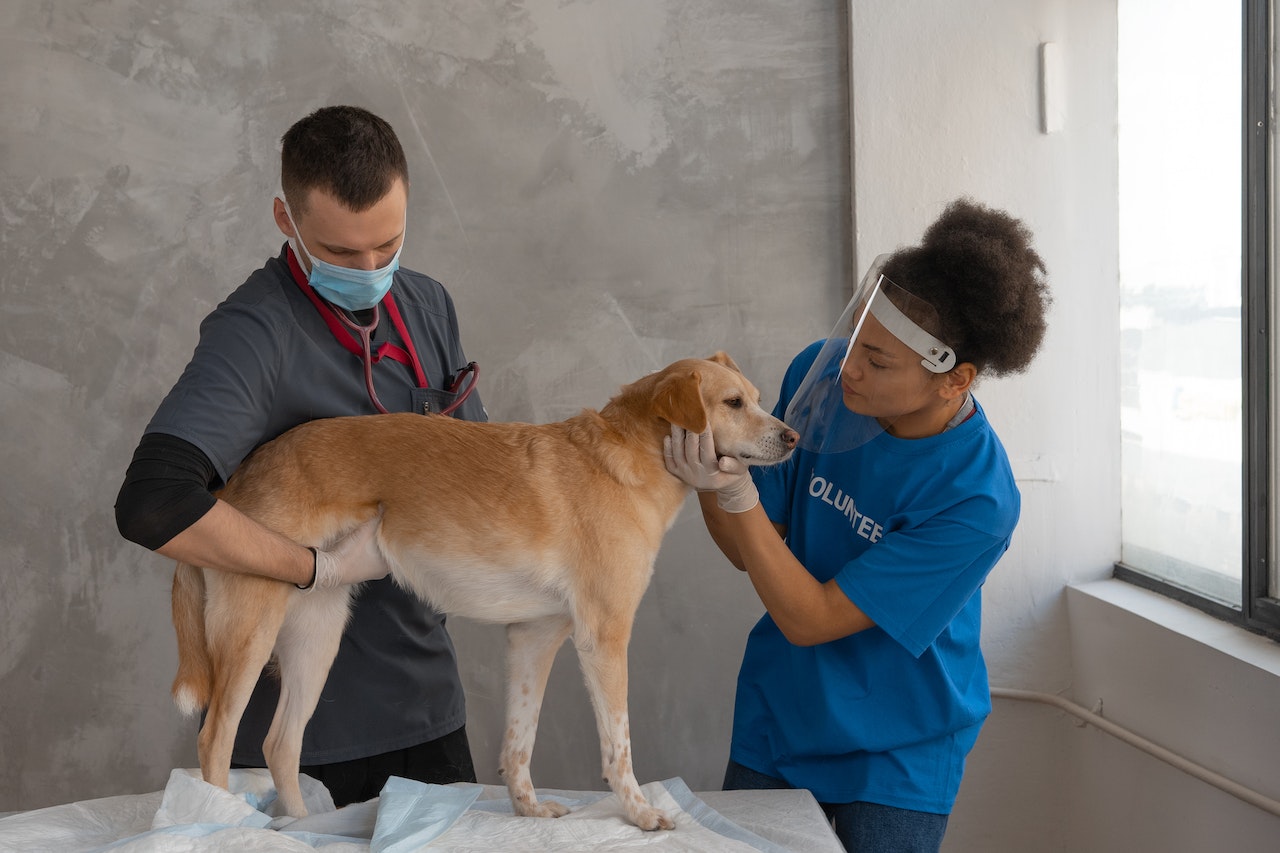
What exactly is a papilloma in the skin?
Papillomas They are harmless cancers, often multiple, that are caused by viruses. They are often referred to in the form of warts. The tumors usually disappear in a flash due to the fact that animals gradually build immunity against them. Certain papillomas might require removal surgically because they are damaged, inflamed, or fail to shrink with time.
Papillomas are rare in cats but are commonplace in dogs.
What are the causes of papillomas?
Invading cells in the cat or dog (the host) the papillomavirus inserts its genetic code into the DNA of host cells. They disrupt normal processes of cell division so that cells divide abnormally and more often. The virus stimulates growth-promoting genes within the DNA (called oncogenes) while at the same time it inhibits suppressor genes that normally restrict cell growth and alters genes that control the normal process of cell death.
There are a variety of types of papillomaviruses and they are found across all animals, which includes humans. Every animal species has its own virus and their associated tumors. One of the most well-known is warts on our feet (plantar wart).
How did my pet get a papilloma tumor?

Your pet or cat may have been infected by one or more of this papillomavirus. Every animal and human being carries various viruses without symptomatic symptoms (without any clinical indications). However, pets with infected immune systems, such as puppies and dogs in their early years and those who suffer from immunocompromised (have an impaired capacity to fight off infections) and are more susceptible to develop papilloma warts.
“Papilloma virus can persist for extended periods of time in the environment.”
Papilloma virus is extremely resistant to extreme conditions and can last for extended periods of time beyond the animal. The virus is spread through direct contact between an animal that is infected or from the environment in which the pet lives (e.g. toys, food bowls and water dishes as well as bedding) and is able to enter the body after the skin gets softened due to moisture, through cuts and abrasions or through the aid of biting insects or ticks (e.g. fleas, ticks or mosquitoes, etc.).).
What are the signs of papillomas?

The appearance of papillomas can be as many oral (mouth) oral (mouth) papillomas in dogs in their early years and isolated cutaneous (skin) skin papillomas in dogs of all ages and also venereal (genital) eyelid or conjunctival papillomas, as well as fibropapillomas. There are a variety of viruses that are associated with various sites and also in older and younger animals. The lesions typically appear as painful polyps (warts) however, they could be scaly, flat plaques or even inward-growing hard masses. They could also be able to ulcerate (break out) and then bleed. Inwardly growing Papillomas can cause pain, especially when they’re on their feet. For dogs, the majority of these tumors are prevalent on feet or around the mouth cavity.
The papillomas of cats are typically flat, with a plaque-like appearance and occasionally with a scaly appearance. They may also have several lesions typically located on the neck, head or legs. There’s also a sarcoid, a fibropapilloma in cats, caused by a subtype papilloma virus. They are extremely uncommon and manifest as a number of nodular masses that are usually found in the neck, head or ventral abdomen. They can also be seen on the legs.
What is the best way to diagnose papilloma?

The majority of papillomas exhibit a common appearance, but many of the most common sebaceous tumors found in dogs are quite like. In order to determine an accurate diagnosis, your vet might do a small needle aspiration (FNA). FNA involves using a small needle using a syringe, and suctioning a small amount taken directly from the cancer before placing them on the microscope slide. A vet pathologist will then look over the slide with the microscope.
In some instances, the outcomes from FNA might not be completely transparent and the need for a biopsy could be required. Biopsies are the surgical removal of a part of tumor. When it comes to tumors called papillomas, which tends to shrink, the whole tumor can be eliminated. The tumor’s tissue is examined by a veterinarian pathologist using a microscope. This is known as histopathology.
What is the typical progression of papillomas?
When a pet is healthy, the papillomas will not expand to other parts of the body. They typically are treated surgically. Sometimes, tumors develop again following surgery. If the infection continues due to an insufficient immune system, more cancerous papillomas could develop.
What are the treatment options for this kind of tumor?

Certain papillomas can disappear within 2 to 3 months as the dog develops immunity. However, there are dogs with persistent tumors. The most common treatment is removal by surgery.
In cats, papillomaviruses are linked to certain types of cancer (e.g. Squamous cell carcinoma). Surgery is typically recommended.
In humans, the use of a topically applied immune-modulating agent that stimulates the production of interferon has been successfully used to treat lesions caused by papillomavirus. It could be used in animals.
Do you have any specific care I need to provide my pet?
It is essential to stop your pet from scratching, licking or biting into the papilloma(s) or papilloma(s), each of which could cause irritation, ulceration, infection and bleeding. The ulcerated (open) region must be cleaned regularly.
“It is essential to stop your pet from scratching, licking or biting on the papilloma(s) or licking it, each of these can lead to inflammation and ulceration, as well as infection as well as bleeding.”
Following surgery, you’ll have to keep the incision area clean and dry, and keep your pet away from chewing, licking or scratching it. Inform any sutures being lost or significant bleeding or swelling to your vet. If you require further advice regarding post-surgical treatment, speak with your doctor.
Since papillomas can be caused by viruses, are there any dangers to my family?

While it’s an infective tumor the virus is particular to a specific species and not transferrable to humans. The tumors found in cats, dogs and humans are not connected nor do they transmit across species.